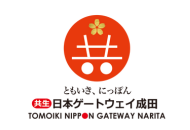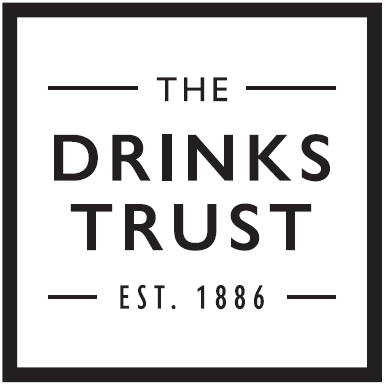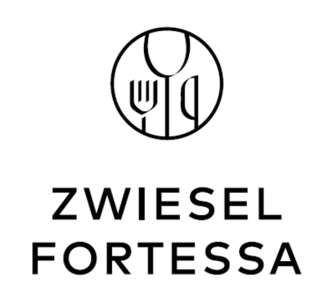What are your initial impressions of harvest 2025?
It's still early to make definitive statements, but the outlook for the 2025 harvest is promising. So far, we have managed to escape the heavy rains and storms that can so often create challenges in the vineyard. The weather has remained brilliantly sunny, though with cooler conditions than in some recent years, which is a positive sign. Yields this year look to be moderate rather than abundant, while ripeness levels are expected to be high, and interestingly, they are accompanied by relatively high acidity. In short, if current conditions hold, 2025 is shaping up to be a very good year for Champagne.
Given the trend for warmer, more volatile vintages, what concrete vineyard changes have you already adopted - and which are still off-limits to preserve Philipponnat's style?
Fortunately, we have always pursued high levels of ripeness, so we're not complaining (for the time being). However, we are not complacent. We have introduced a number of practical adaptations to help preserve freshness and a crisp balance. For instance, higher trellising systems and low, carefully managed cover crops between the rows help to maintain freshness. Looking ahead, new rootstocks are also a possibility for the future. Yet we remain cautious about introducing hybrid varieties - while they may offer disease resistance, they could alter the character that defines Champagne. Nevertheless, we have planted three parcels of Pinot Noir vitis vinifera with "grappes lâches" (loose bunches) to improve airflow and reduce rot risk. We are also contemplating using more Chardonnay. Finally, we will plant a little Arbane, a historic part of the vignoble, as an experiment, as it may provide a welcome source of acidity.
How important is sustainability for the house today?
We have conducted a thorough analysis of our processes and are setting measurable objectives across viticulture, winemaking, and logistics. Some changes, for example, have been relatively straightforward, such as reducing the weight of our custom-designed bottles to lower our carbon footprint. But others are more challenging. For smaller houses like ours, the biggest hurdles are limited staff and the complexity of administrative requirements, which can slow progress. But we're committed to these goals - not just because consumers expect them, but because they are essential for the future of our vineyards.
How do you balance tradition and innovation in winemaking, especially with Champagne's deep heritage?
My own feeling is that we should stick to tradition in terms of quality and style. The AOC / AOP legal framework defines the contours of what we can do and mustn't wander away from is an ambitious system aimed at guaranteeing quality and style.
Of course, I know that some growers and winemakers consider it too strict, but it must be said that cautious evolution is possible, and that the "cahier des charges" (specifications ) of each appellation is constantly engaged in a process of change. The regulations encourage winemakers to experiment and innovate, within the aforesaid boundaries. But as far as Philipponnat is concerned, I would describe our philosophy as embodying a strict adherence to tradition and naturality, while also constantly fine-tuning of our own style of Champagne, which indeed includes accepting innovation within an accepted set of constraints.
How has the perception of Champagne changed among consumers in the past decade, and what does that mean for Philipponnat?
Consumer preferences have shifted significantly over the past decade. There is a clear trend towards drier wines, even as far as zero dosage styles, which used to be a niche. Our own zero dosage blend has become a reference point for gastronomic pairings.
Beyond sweetness levels, consumers are increasingly focused on authenticity, quality and style rather than big-brand marketing. This creates a real opportunity for smaller houses like ours, and for growers.
In terms of shifting global dynamics, where do you see the most promising markets of tomorrow for Champagne?
The smaller Asian, Central European and South American markets are growing faster than the mature G7 markets, but they remain small and cannot compensate for the present market slump.
The two success stories of the recent past have been Australia and Spain, which bodes well for other currently modest markets. The next one may be Korea. Unfortunately, China has not adopted Champagne yet, outside niche sectors exposed to western influence. Seducing the average consumer there will be a long cultural endeavour. As far as Philipponnat is concerned, our main pockets of growth remain the USA and the UK, although we can do a lot better!
Finally - What role do technology and innovation play in Champagne's future?
Technology is advancing in the vineyard, and the trend towards automation will continue. But the cellar is less about radical change and more about refinement: better hygiene, better pumps (or no pumping), smaller fermentation vessels, more and better oak, more precise temperature control, etc.
To sum it up in a few words: more of the same, just better.

Q&A: Charles Philipponnat, MD, Maison Philipponnat
Charles Philipponnat reveals how one of Champagne's most historic houses is adapting to a new normal.
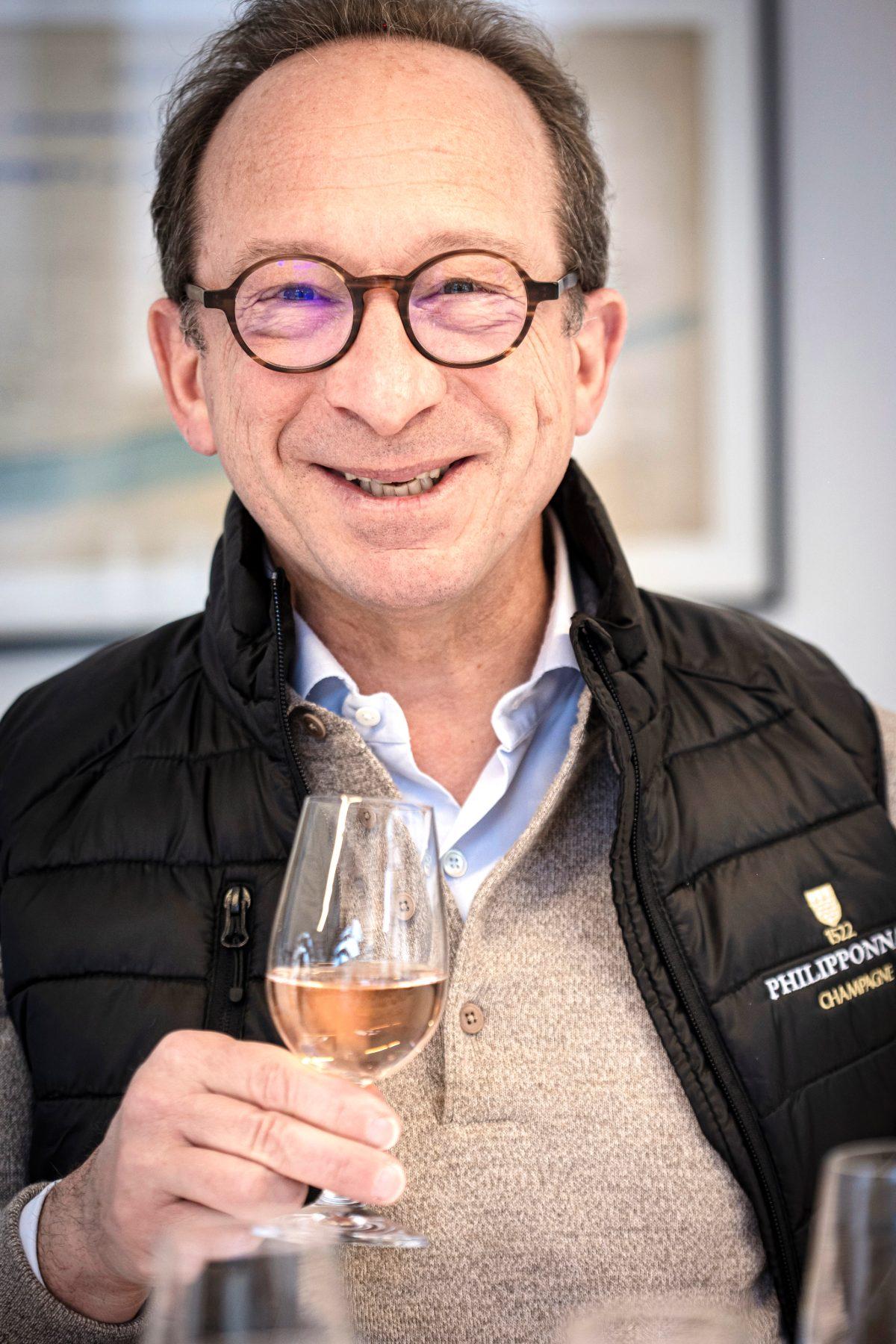
Charles Philipponnat





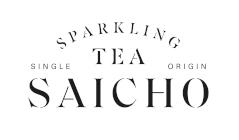


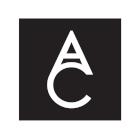

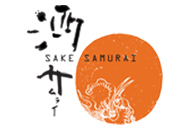
.png)
